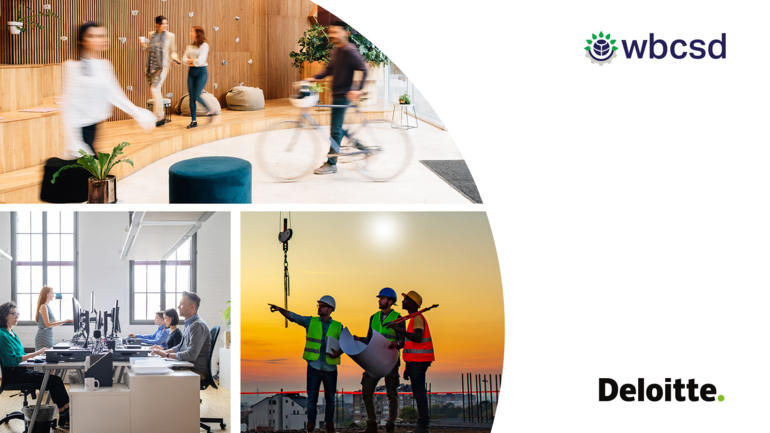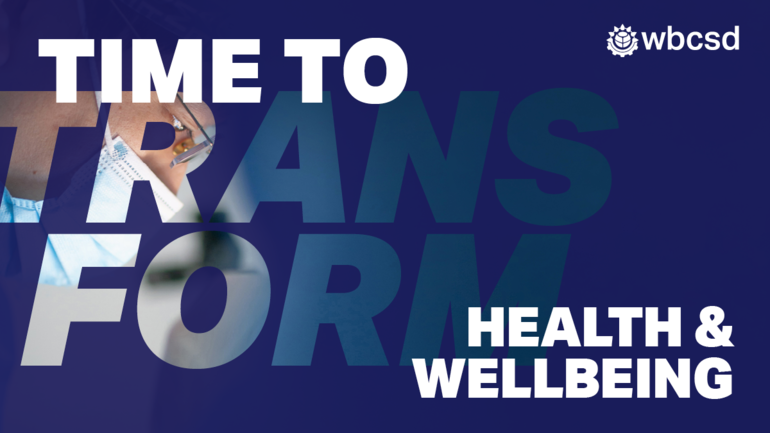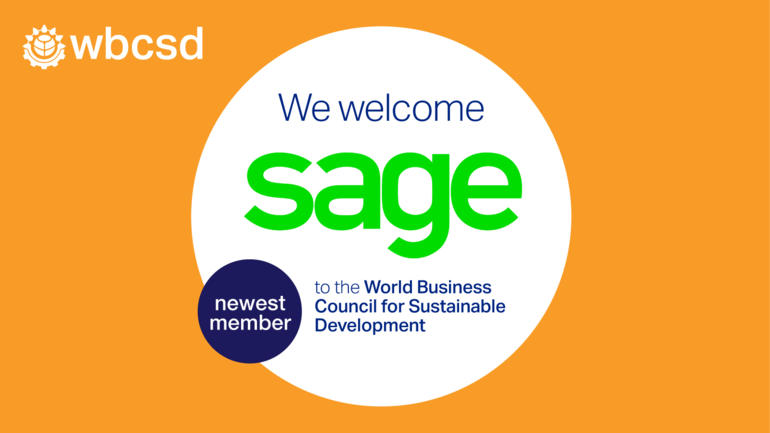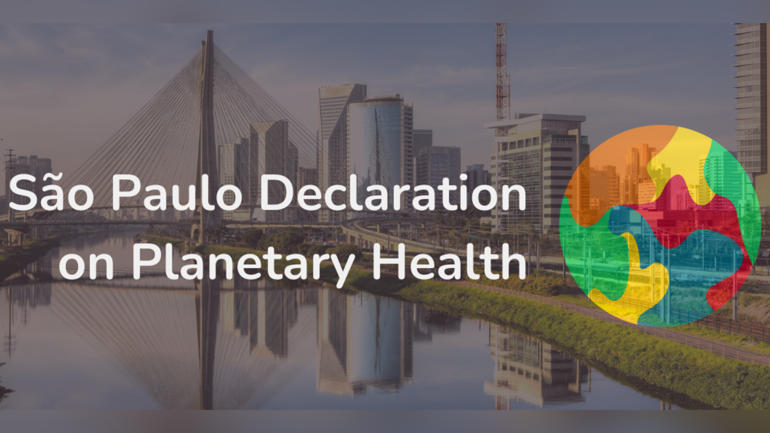The WBCSD’s Vision 2050 sets out a definition of a sustainable global society: a world where 9 billion people live well within the resource limits of the planet. Vision 2050 highlights pathways towards this goal and our Action2020 initiatives, launched in 2013, are working to implement business solutions that support these pathways. However, in many cases the pathways to Vision 2050 demand radical and systemic transformation.
Vision 2050 acknowledges that we need to move beyond business as usual – incremental steps and improvements will not deliver the level or rate of change required. Finding radical and transformational solutions requires us to be able to think differently. Einstein is often quoted to have said: ‘We cannot solve problems by using the same kind of thinking we used when we created them’. Achieving the future set out in Vision 2050 will require companies and policy-makers to think differently and experiment with these ideas to uncover the transformative solutions required.
There are companies that are readying for a world that is different from what we know today. They are making business decisions today to prepare themselves for this different world. Why? These companies must be thinking about the future in an entirely different way. Does exploring the future help companies to be bolder in their sustainability actions?
The future is impossible to predict. Companies, governments and organizations use extensive research into trends to look towards the future, so they can prepare for impending challenges. But trends and forecasts are unable to deal with non-linear changes or explore complex interactions that are now increasingly commonplace. For instance, 2016 starkly demonstrated the limits of polling in predicting in key political outcomes in Europe and the USA.
One way companies can deal with impending uncertainty is to create future scenarios. Scenarios are narratives of alternative futures, storylines recognizing a plausible unfolding of events and their consequences. They can also be normative visions of a desired future, such as Vision 2050, from which we then “backcast” a required unfolding of events in order to reach the desired goal.
Scenario planning has long been used as a business management tool to help inform and develop robust strategies in the face of such uncertainty, building preparedness and flexibility. But it is all too easy to use it to sustain company profits, current product portfolios and business models. When thinking about the future is entrenched in today’s mind-sets, we simply reinforce the status quo. So again, we fall into the trap Einstein warned against.
In fact, scenarios (and other futures techniques) can help us think differently and challenge the assumptions on which we base our knowledge. But perhaps we need to explore them more imaginatively for greater disruption of our thinking patterns and the possibility of breakthroughs that reveal new transformative pathways. By getting out of established mind-sets, seeing and seizing opportunities and disruptions, companies will have a better understanding of the sorts of solutions that may be required and desired.
WBCSD’s Sustainable Lifestyles work has always maintained that companies will only develop sustainable lifestyles-enabling solutions when they look beyond their current product portfolios – when they consider the systems in which their products are used and work with other companies within these systems to offer people better ways of enjoying their lives. To do this effectively, companies must imagine a future world and innovate collaboratively towards it.
This Futures Thinking report is the result of research and conversations with a selection of WBCSD members and other leading companies. It presents how futures thinking is being used to drive transformative change that supports sustainability. By exploring this topic and showcasing examples from forward-thinking companies we aim to encourage and inspire people to be bolder in the way they think about the future; to push the boundaries of current constraints and knowledge of how things can be done. This, we hope, will ultimately support and catalyze more breakthrough transformational initiatives that can achieve both sustainability and business ambitions.
How we imagine the future can influence our present attitudes, behaviors and decisions. The choices and actions we take today ultimately shape how the future actually unfolds. In some form, the future always exists in the present. Helping companies to think differently today is the first step to designing a different tomorrow.








